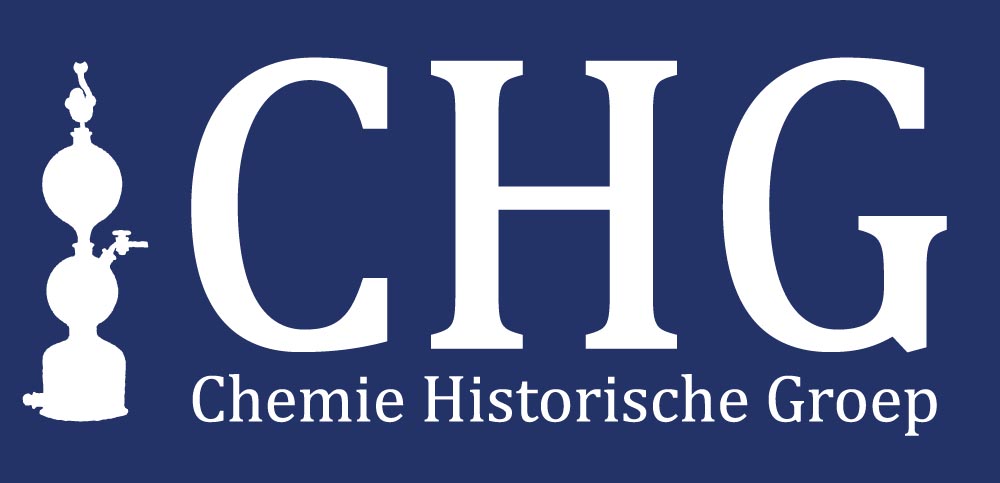The work of Jo Bijvoet and Willy Burgers
Ernst Homburg
2012 obviously is a year of commemorations. Hundred years ago, not only Evert Gorter was born, and Peter Debye wrote his key paper on the specific heat of solids, but also Max Laue invented X-ray diffraction as a technique to study crystal lattices. Soon after, important results were obtained in the UK by William and Lawrence Bragg, father and son.
In the Netherlands, the physicists were among the first to acknowledge the importance of the new invention: Herman Haga, together with the physical chemist Frans Jaeger, at Groningen, Antoon Lorentz and Willem Keesom at Leyden, and Peter Debye at Utrecht, followed by Keesom, who had moved to Utrecht, and his assistant Nicolaas Kolkmeijer.
The pioneering physicists were soon succeeded by two chemists, who can be considered as the founding fathers of experimental X-ray diffraction in the Netherlands, Jo Bijvoet (1892-1980), a student of Kolkmeijer, and Willy Burgers (1897-1988), a student of Lorentz at Leyden, and Jaeger at Groningen.
Bijvoet and Burgers followed quite contrasting career trajectories, and developed the field of X-ray diffraction in rather different directions. Bijvoet, son of a paint manufacturer, a ‘capitalist’, or at least an entrepreneur, embarked on a life-long career in academia. His early research on X-ray diffraction focused on inorganic salts, he went to Lawrence Bragg in Manchester, the center of inorganic X-ray crystallography, in 1926, but later gained his greatest successes in the investigation of organic single crystals, culminating in the absolute configuration of optically active compounds by means of X-rays in 1951.
Burgers, by contrast, came from a (lower) middle class background, with pronounced socialist sympathies, and worked in an industrial laboratory for several years, before he became a professor, almost simultaneously with Bijvoet (1939/40). His early research was on optically active organic substances, working with William Bragg from 1924-1927. But after he had entered the Philips Physics Laboratory in 1927 the rest of his career would be devoted to the investigation of complex multi-crystallite inorganic materials, especially metals, using Debye-Scherrer X-ray experiments, electron microscopy (already in 1935), and other techniques.
We will conclude with some speculations on the relations between the contrasting scientific approaches of Bijvoet (homogeneous and theoretical) and Burgers (heterogeneous and imaginitive), and their different social backgrounds and careers.

